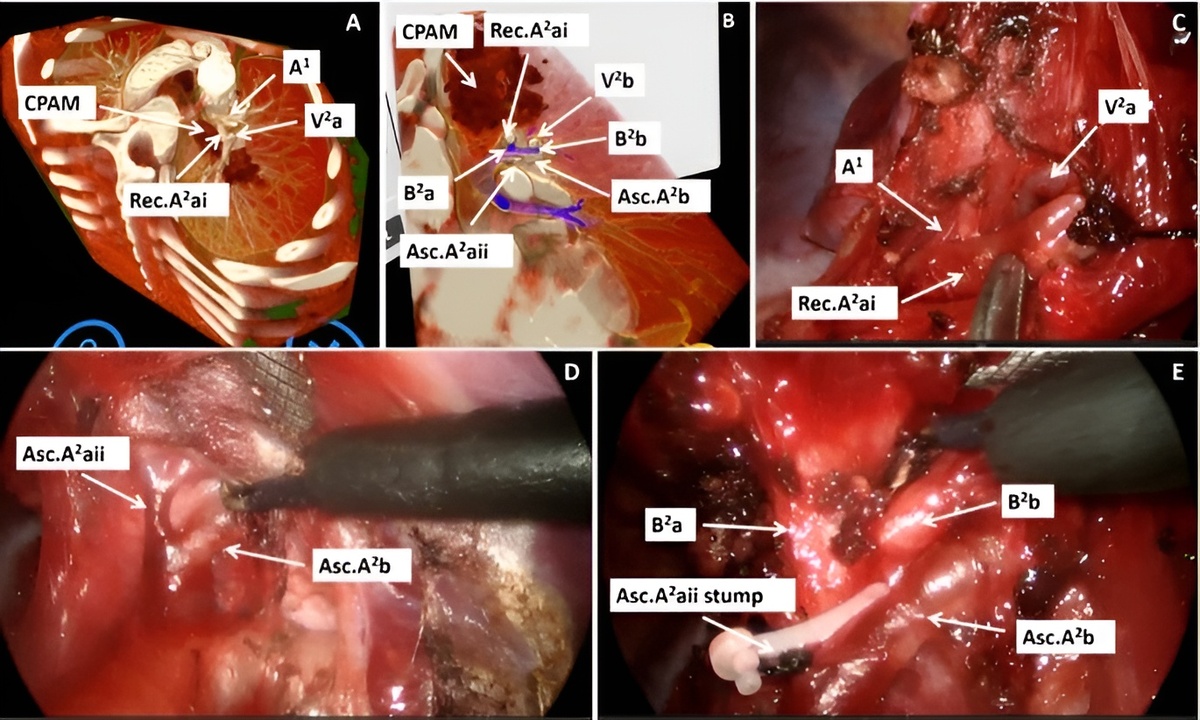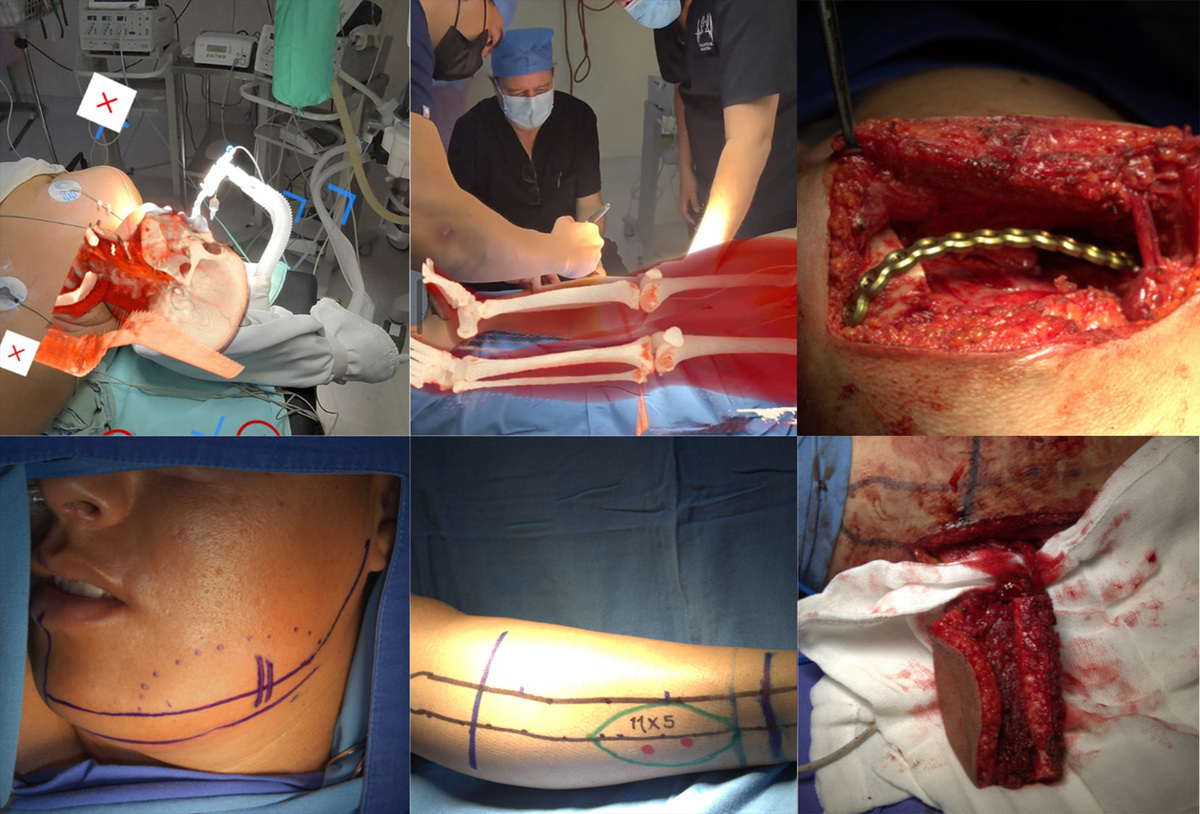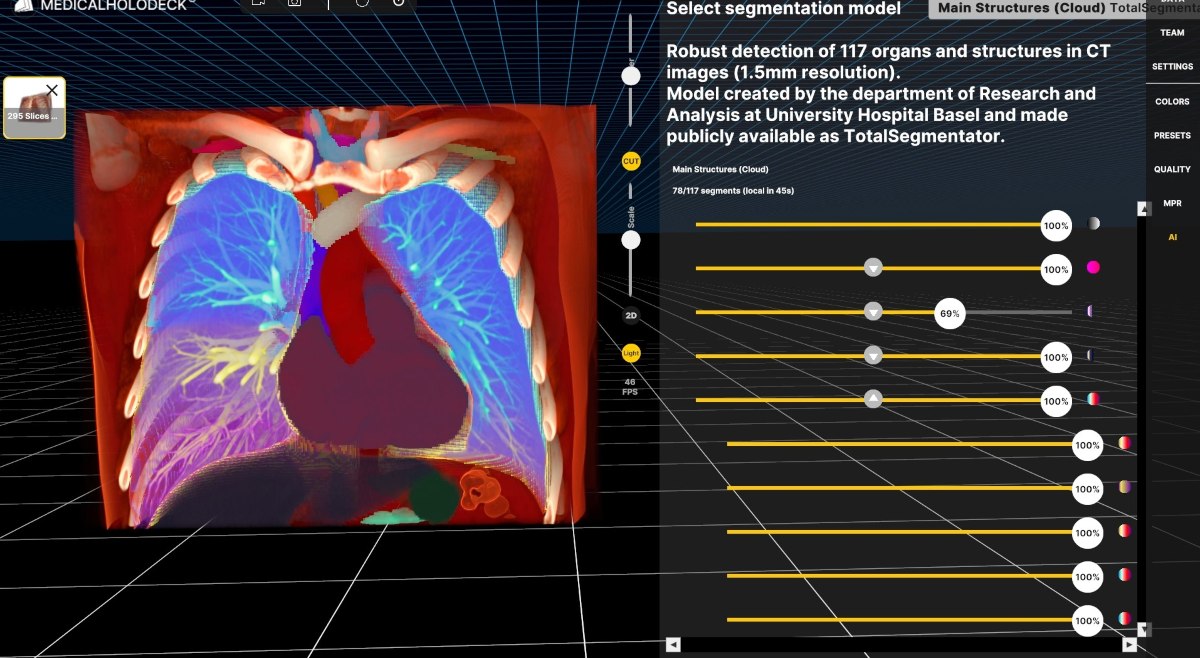
AI-Powered liver vessel and oculomotor muscle segmentation
Medicalholodeck now supports AI segmentation for Liver Vessels and Oculomotor Muscles, expanding its capabilities for medical professionals working in radiology, surgery, and medical education. These new models, integrated from TotalSegmentator, allow users to efficiently analyze complex anatomical structures in PC VR and Remote Rendering environments. With these additions, Medicalholodeck continues to provide a powerful tool for visualizing and interacting with medical imaging data in real-time.
In addition to the newly introduced segmentation models, Medicalholodeck already supports the following range of AI segmentation models, including:
-
Main structures
-
MRI Main structures
-
Lung vessels
-
Body
-
Head glands & cavities
-
Head muscles
-
Neck bones & vessels
-
Neck muscles
-
Coronary arteries
-
Cerebral bleed
-
Pleural & pericardial effusion
-
Hip implant
-
NEW: Liver vessels
-
NEW: Oculomotor muscles
The segmentation process is efficient and straightforward: import your DICOM data, select the appropriate AI segmentation model, and let the system process the structures automatically. Segmentation is fast, taking only 20–50 seconds for a standard-sized DICOM dataset.
Once the initial segmentation is complete, you can refine it by selecting or deselecting specific structures to focus on the critical details. This automation significantly reduces manual effort, enhances accuracy, and allows for a more precise and immersive study of anatomical relationships.
These advanced segmentation options are particularly valuable for hepatic surgeons, radiologists, ophthalmologists, and medical educators. Liver vessel segmentation supports preoperative planning and research, while detailed segmentation of the oculomotor muscles provides critical insights into orbital anatomy, essential for ophthalmic surgery and neuro-ophthalmology.
Medicalholodeck’s AI segmentation models already include Coronary Arteries, Cerebral Bleed, and Lung Vessels, offering a comprehensive toolset for anatomical analysis and surgical planning.
Higher performance for large datasets
Medicalholodeck’s volumetric rendering has been significantly optimized, achieving a 20–40% increase in framerate on PC VR and Remote Rendering. This enhancement enables medical professionals to work with larger DICOM datasets more efficiently, ensuring smoother interactions and clearer, more detailed visualization of complex anatomical structures.
For radiologists, surgeons, and medical educators, this upgrade translates into reduced lag, improved image clarity, and a more immersive VR experience which is critical for accurate assessments and procedural planning. Higher frame rates allow for more intuitive interaction with patient data, whether analyzing volumetric scans, preparing for surgery, or teaching anatomy in 3D.
Dissection Master XR and Anatomy Master 2 in Portuguese
Dissection Master XR and Anatomy Master 2 are now fully available in Portuguese, offering a seamless and accessible experience for medical professionals and students in Brazil and other Portuguese-speaking countries. Thousands of anatomical annotations have been meticulously translated to ensure precision and clarity, enabling a more effective and detailed study of human anatomy.
This update is particularly valuable for physicians, educators, and medical students, who can now explore the human body in virtual reality with annotations in their native language. The ability to interact with anatomical structures in an immersive 3D environment enhances comprehension and knowledge retention, making learning more intuitive and engaging.
For more information, contact info@medicalholodeck.com February 2025


